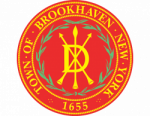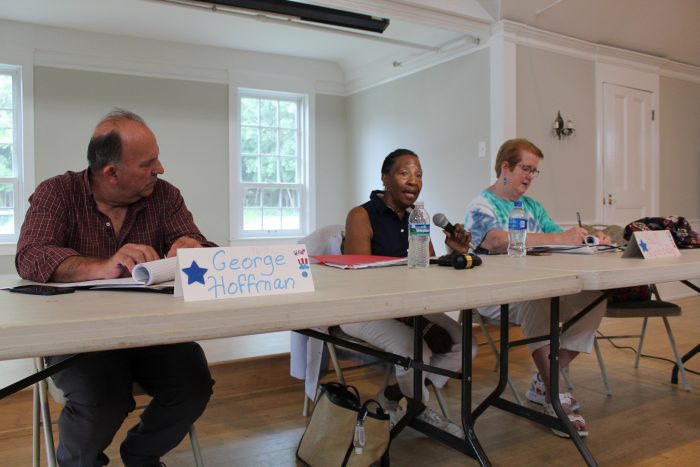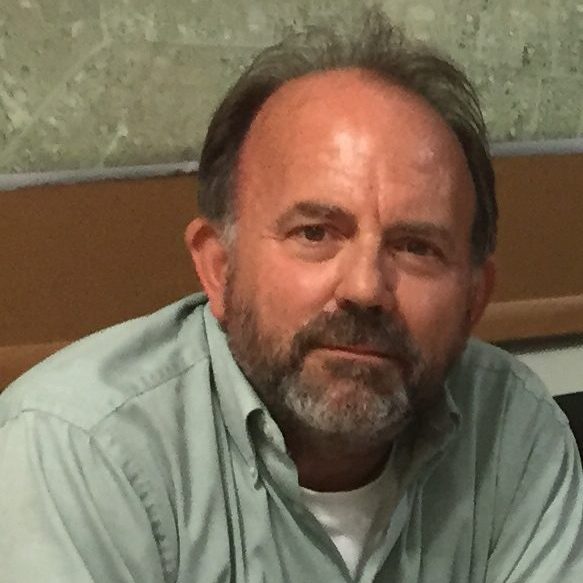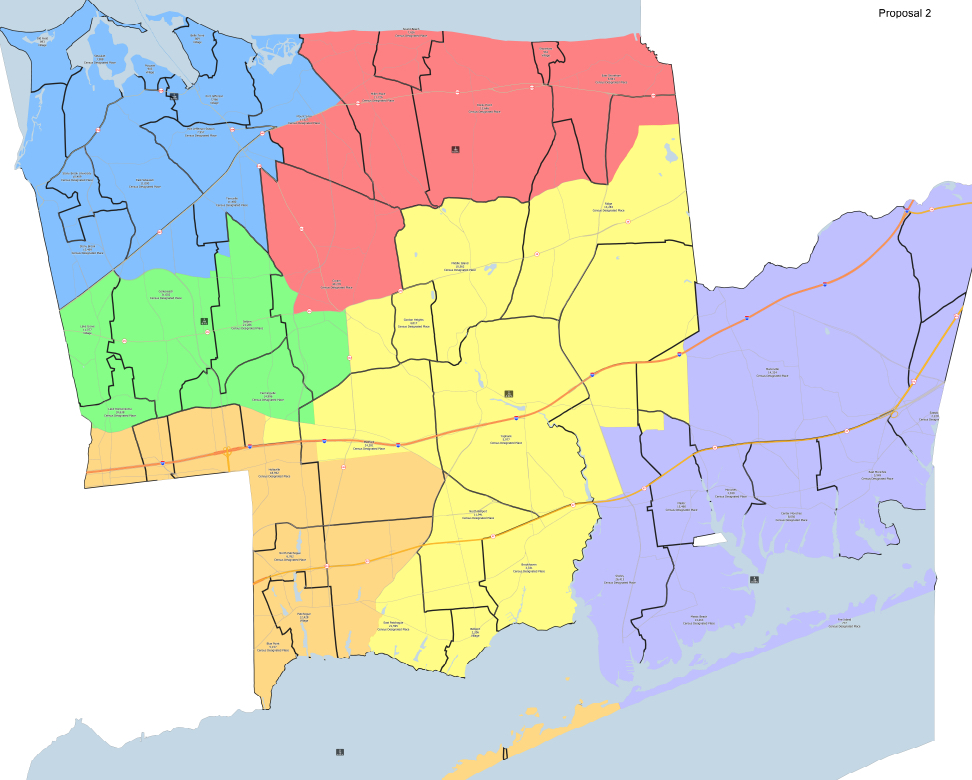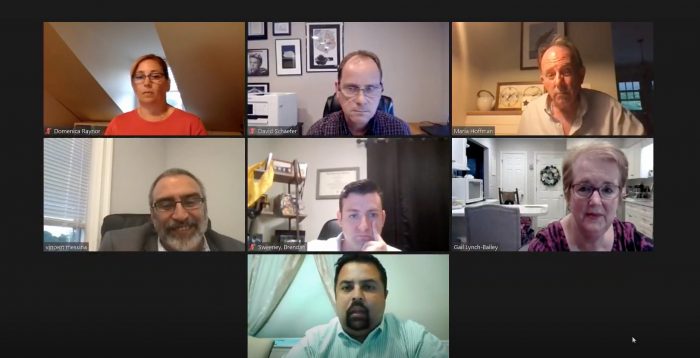Following a contentious virtual meeting on Monday, Sept. 12, the Brookhaven Redistricting Committee failed to reach a compromise on a proposed map, sending the redistricting process to the Brookhaven Town Council.
The committee voted on three maps during the meeting, none of which received the six votes necessary to adopt an official proposal. There was significant controversy leading up to this meeting. Despite this, all eight members and the committee’s mapmaker, David Schaefer, were present.
However, members calling attendance seemed to be the only unanimous outcome of the night, as the three Democratic appointees clashed with their Republican and Conservative Party counterparts throughout the evening.
The meeting got out to a rocky start after an unsuccessful motion to adopt an agenda. Schaefer then presented three maps that the committee requested during the previous session.
Schaefer first presented a “map of least change.” This map addressed only Council Districts 2 and 6, the two districts whose populations fall outside the 5% deviation allowable under the Town Code. After a vote, this map failed 3-5, with Democratic appointees Rabia Aziz, George Hoffman and Gail Lynch-Bailey voting “yes” and all others voting “no.”
Schaefer also presented a map that loosely follows the proposal of Coram resident Logan Mazer. On the whole, the Mazer map was viewed favorably during the public hearings. However, this proposal was ultimately shot down by another 3-5 vote, with the same committee members voting for and against it.
Schaefer’s final presentation was a map that followed the boundaries of Proposal 2, one of the two original draft proposals which met fierce opposition during the public hearings. With some adjustments to the boundaries of CD1 and CD2, this new map kept much of Proposal 2 intact.
In the face of this public opposition, the map was the highest vote-getter, with a 5-3 vote count — one vote shy of formal adoption by the committee. Ali Nazir, Edward McCarthy, Delilah Bustamante, Krystina Sconzo and Chad Lennon voted “yes,” with the entire Democratic caucus voting it down.
In a phone interview, Lynch-Bailey confirmed that the redistricting committee officially disbanded the following day around noon after Nazir and Aziz, the co-chairs, could not reach a compromise. Failing to adopt a proposal, the committee sends the process to the Town Council.
During a Town Board meeting Tuesday, Sept. 13, Supervisor Ed Romaine (R) discussed some of the criteria he will be looking for in the new map. He said he hopes to achieve an equal population distribution across council districts, keep minority communities together within district boundaries and reduce the number of split communities. The Town Board must adopt new council district outlines by Dec. 15.
The supervisor expects a new map to be available on the town website by next week. A public hearing on the matter will be held at Town Hall on Thursday, Sept. 29, at 5 p.m.
Visit our website to follow features on this important issue:
- Brookhaven redistricting debacle: An open letter from the Democratic caucus
- Brookhaven Redistricting Committee meets mapmaker, requests three new draft proposals
- Residents, elected officials fight to keep PJS/Terryville intact
- Brookhaven Redistricting Committee goes to Comsewogue, residents fire back
- Local residents rally to resist Brookhaven redistricting plans
- One-on-one with Gail Lynch-Bailey
- One-on-one with George Hoffman

